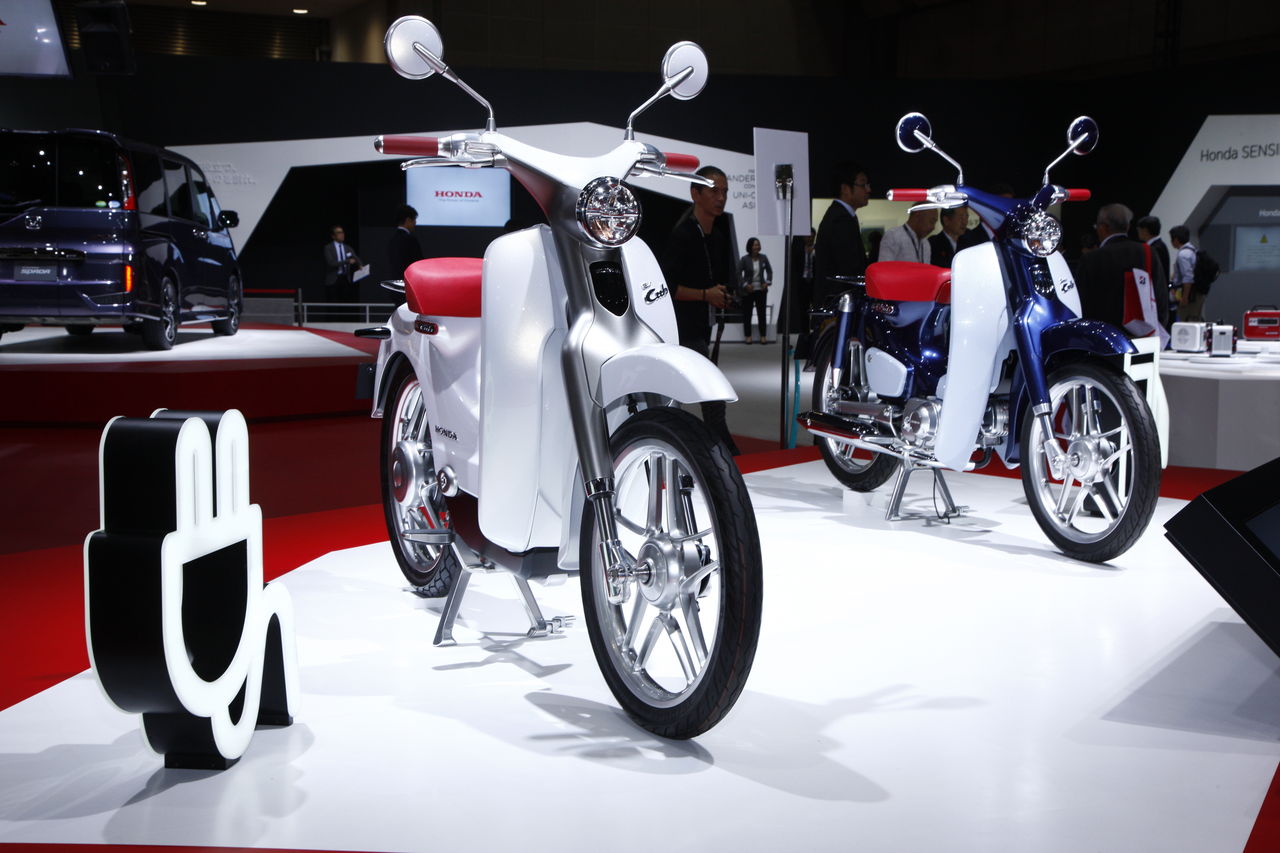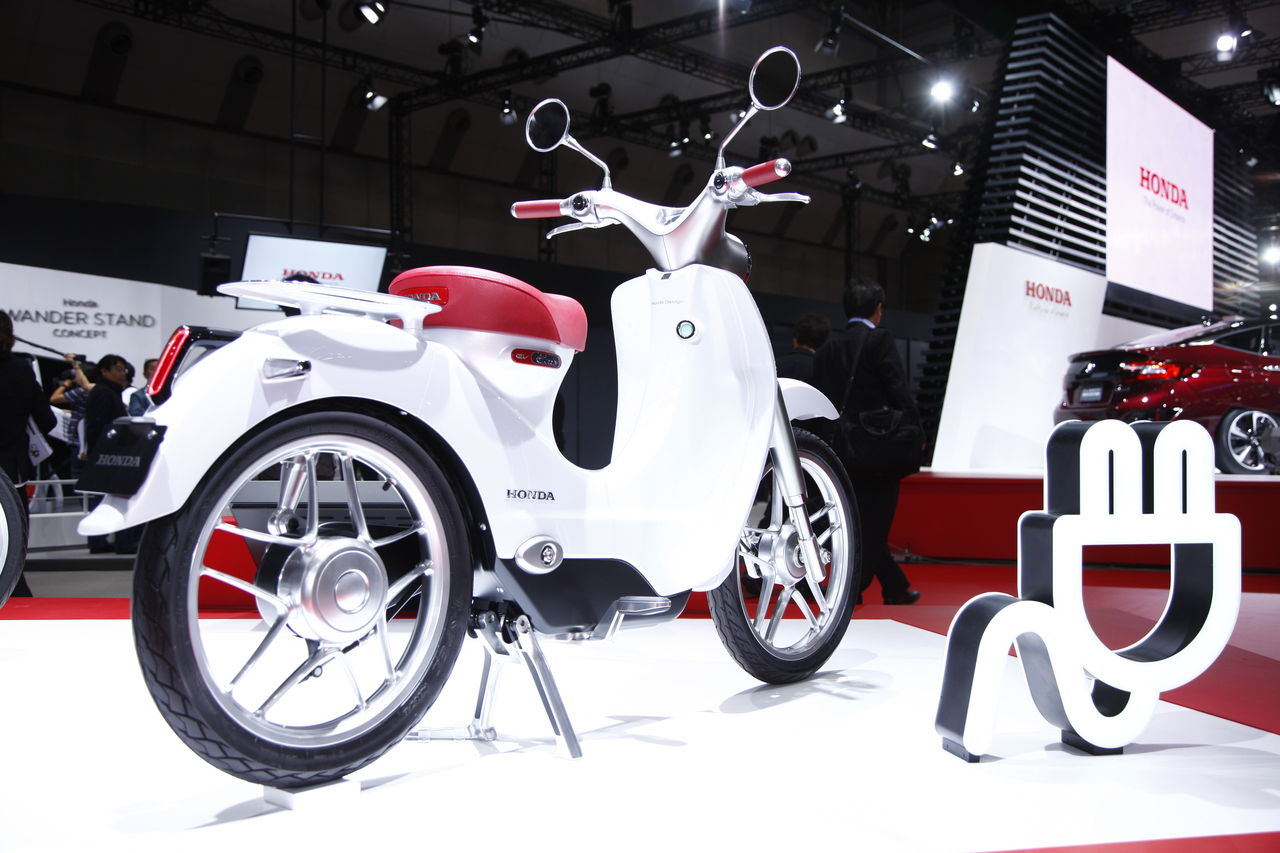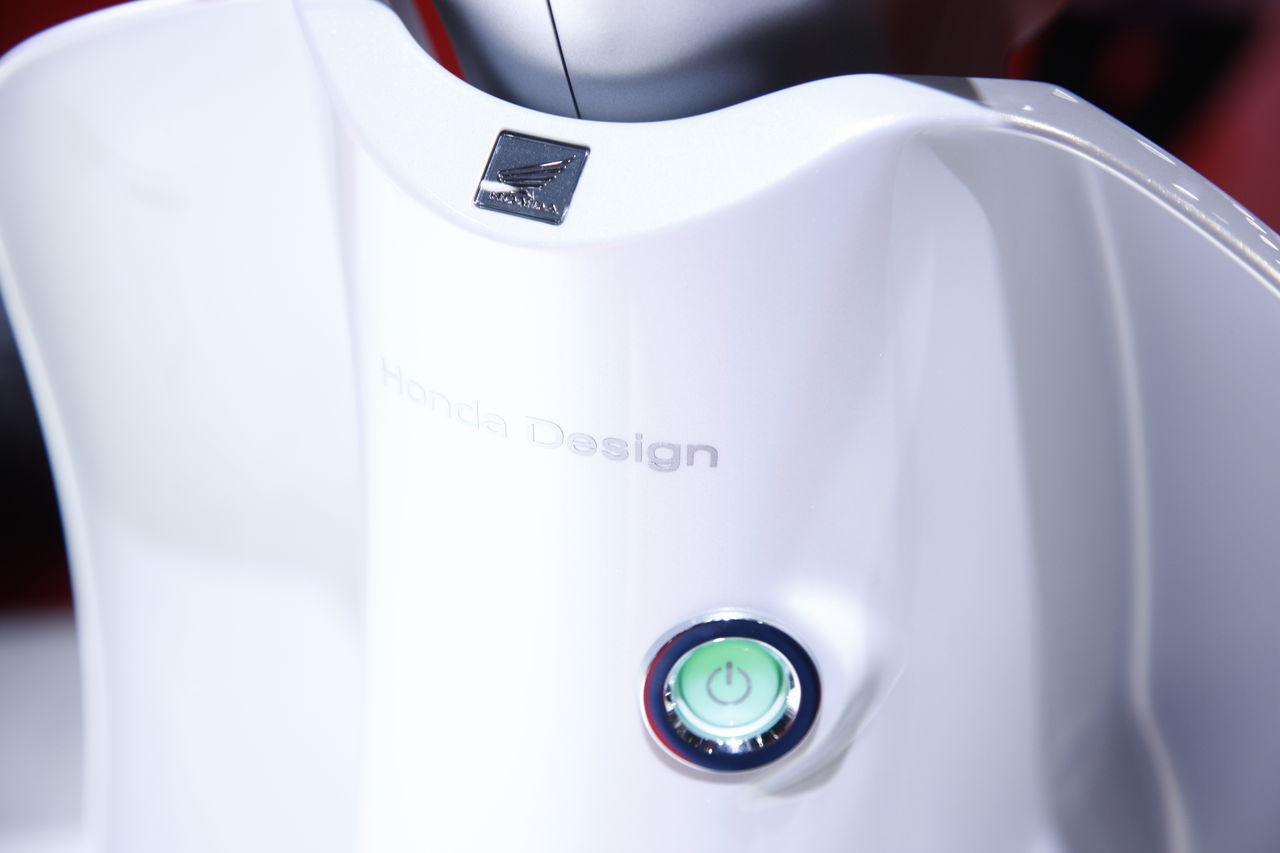History has a peculiar habit of repeating itself. The time seems right for another iteration of the Honda Super Cub transformational experience.
The original Honda Super Cub was a gas-powered scooter, in my opinion. A step-thru ebike can be considered an electric scooter, in some cases.
https://en.wikipedia.org/wiki/Honda_Super_Cub :
Please watch the following video, because much of this argument will not make sense without this essential background information.
I am advocating for non-cyclists to gently get into cycling with a bike like the Diavelo e-Xcite M800. The e-Xcite is meant to illustrate a prototype design, not the actual bike that will transform the American bicycle. I believe the e-Xcite M800 would benefit at least ten percent of the USA population. The attractive aspect to me is a Bafang M800 eBike can weight about 13kg or 30 pounds. A featherweight, attractive, stealth eBike is a very important consideration for mass appeal, in my opinion.
In my opinion, an eBike like the e-Xcite M800 should be inexpensive due to the 11.5 Ah battery. My guess is the battery pack contains 25% to 50% of the number of battery cells in a high end battery pack. The battery pack is the largest single cost in an eBike. The entire Bafang M800 electrical system weighs less than 4.4kg or ten pounds. Diavelo is owned by Accell Group, which also owns Beeline mobile bike service.
The Diavelo marketing model and Beeline service combination has the potential to transform the entire concept of bicycles as the primary mode of short distance transportation (i.e., less than 2.5 miles) in the USA. Note: Diavelo does not operate in the USA, but again a great prototype example. Velofix is Beeline's primary competition. I am totally pleased with Velofix service. I have two very expensive conventional bicycles to maintain.
https://electricbikereview.com/foru...ric-bicycles-and-public-transportation.24565/
You will see the closest approximation in the USA through the Accell Group's Raleigh line. Some model like the Raleigh Sprite iE Step Thru or Detour iE Step Thru.
(Link Removed - No Longer Exists) (2018 $1,800)
(Link Removed - No Longer Exists) (2018 $2,100)
Perhaps, the e-Xcite might sell for under $1,500 ?
One way to evaluate an eBike might be nominal power-to-weight ratio. The ride experience might feel peppier, lighter and more responsive. People might truly feel "excited" about the bike. The Honda Super Cub experience pushed the Cub to become the highest selling motorcycle, ever.

A distribution and service network is key to success. The Honda business lesson to transform an industry is distribution and service.
To give you an idea how important service is, i am considering buying the Raleigh Tokul online. However, i need a 12V light connected internally. Setting the 12V connection requires a Bosch diagnostic tool. I might be prohibited from even connecting a 6V light by the Bosch warranty. The Beeline mobile service does not cover my zip code.
15 minutes ago
The original Honda Super Cub was a gas-powered scooter, in my opinion. A step-thru ebike can be considered an electric scooter, in some cases.
https://en.wikipedia.org/wiki/Honda_Super_Cub :
The Honda Super Cub or Honda Cub is a Honda underbone motorcycle with a four stroke single cylinder engine ranging in displacement from 49 to 124 cc (3.0 to 7.6 cu in).
In continuous manufacture since 1958 with production surpassing 60 million in 2008, 87 million in 2014, and 100 million in 2017,[2] the Super Cub is the most produced motor vehicle* in history.[3] Variants include the C100, C50, C70, C90, C100EX and C70 Passport.
In 2017, the 100 millionth Super Cub was produced at Honda's Kumamoto Assembly Plant which commemorated the 60th year of its nameplate since 1958.
The Super Cub's US advertising campaign, You meet the nicest people on a Honda, had a lasting impact on Honda's image and on American attitudes to motorcycling, and is often used as a marketing case study.[4]
Please watch the following video, because much of this argument will not make sense without this essential background information.
In my opinion, an eBike like the e-Xcite M800 should be inexpensive due to the 11.5 Ah battery. My guess is the battery pack contains 25% to 50% of the number of battery cells in a high end battery pack. The battery pack is the largest single cost in an eBike. The entire Bafang M800 electrical system weighs less than 4.4kg or ten pounds. Diavelo is owned by Accell Group, which also owns Beeline mobile bike service.
The Diavelo marketing model and Beeline service combination has the potential to transform the entire concept of bicycles as the primary mode of short distance transportation (i.e., less than 2.5 miles) in the USA. Note: Diavelo does not operate in the USA, but again a great prototype example. Velofix is Beeline's primary competition. I am totally pleased with Velofix service. I have two very expensive conventional bicycles to maintain.
https://electricbikereview.com/foru...ric-bicycles-and-public-transportation.24565/
You will see the closest approximation in the USA through the Accell Group's Raleigh line. Some model like the Raleigh Sprite iE Step Thru or Detour iE Step Thru.
(Link Removed - No Longer Exists) (2018 $1,800)
(Link Removed - No Longer Exists) (2018 $2,100)
Perhaps, the e-Xcite might sell for under $1,500 ?
One way to evaluate an eBike might be nominal power-to-weight ratio. The ride experience might feel peppier, lighter and more responsive. People might truly feel "excited" about the bike. The Honda Super Cub experience pushed the Cub to become the highest selling motorcycle, ever.
- e-Xcite prototype: 200 watts / 30 pounds = 6.6 watts/pound
- Typical mountain bike might be 250 watts / 45 pounds = 5.6 watts/pound
A distribution and service network is key to success. The Honda business lesson to transform an industry is distribution and service.
To give you an idea how important service is, i am considering buying the Raleigh Tokul online. However, i need a 12V light connected internally. Setting the 12V connection requires a Bosch diagnostic tool. I might be prohibited from even connecting a 6V light by the Bosch warranty. The Beeline mobile service does not cover my zip code.
Last edited: 15 minutes agoI believe Accell Group (sells over 1.3 million bicycles) will come to dominate the USA eBike market with this visionary acquisition of Beeline mobile bike service. Accell Group's Diavelo is a very sophisticated marketing group. The Accell brands in the USA are Raleigh and Diamondback (UK, US, Canada).
https://www.accell-group.com/files/4/2/4/2/20180328 Press release - Accell Group acquires US-based mobile service company Beeline Bikes.pdf

PRESS RELEASE
ACCELL GROUP ACQUIRES US-BASED MOBILE SERVICE COMPANY BEELINE BIKES
HEERENVEEN (THE NETHERLANDS), 28 March 2018 – Accell Group N.V. today announces the increase of its minority stake in Beeline Bikes to 100%. Beeline Bikes (www.beelinebikes.com) is a pioneering mobile bike service company based on a franchise concept that delivers a turn-key sales, service and data collection solution tailored for Independent Bicycle Dealers (IBD’s) in North America. The acquisition perfectly fits Accell Group’s strategy to offer mobile bike services as part of its consumercentric omni-channel model. Financial terms of the transaction are not disclosed.
Five years ago, Beeline Bikes was launched in Silicon Valley. The company delivers a seamless consumer experience from online purchase to the home delivery of ready-to-ride bikes. Accell Group will focus on rapidly growing the Beeline Bikes footprint in North America, which will support existing and future franchise partners as they seek to build dominant businesses in their respective markets. The acquisition furthers the focus on supporting IBD’s to best serve today’s connected consumer by offering a consistent, convenient, and remarkable experience buying and servicing a bike. Beeline Bikes will have direct access to the brands and resources of Accell Group’s North American business as it grows its franchise network in the coming years. In addition, the acquisition offers Accell Group the opportunity to bring Beeline Bikes to Europe.
Ton Anbeek, CEO of Accell Group: “To win locally in the North American market our strategy will focuson the needs and wishes of consumers through a true omni-channel approach. We want to empower IBD’s to serve cyclists the way they research and buy today – across multiple channels. We have been partnering with Beeline Bikes for quite a while and have found that their mobile model and technology platform offer highly attractive synergies with the traditional brick and mortar channels. Beeline Bikes enables us to offer expansion to our IBD partners; it brings convenience, high-touch service, and an experiential and data-driven solution that rapidly expands our consumer reach while bolstering value to our growing franchise network in North America. This acquisition is a clear case of 1+1=3.”
*** END ***
ABOUT ACCELL GROUP
Accell Group N.V. focuses internationally on the mid-range and higher segments of the market for bicycles and bicycle parts and accessories. The company has leading positions in the Netherlands, Belgium, Germany, Italy, France, Finland, Turkey, the United Kingdom and the United States. In Europe,Accell Group is market leader in the bicycle market measured in turnover. Accell Group’s best known brands are Haibike (Germany), Winora (Germany), Batavus (Netherlands), Sparta (Netherlands), Koga (Netherlands), Lapierre (France), Ghost (Germany), Raleigh and Diamondback (UK, US, Canada), Tunturi (Finland), Atala (Italy), Redline (US), Loekie (Netherlands) and XLC (international). Accell Group and its subsidiaries employ approximately 3,000 people in eighteen countries worldwide. The company has production facilities in the Netherlands, Germany, France, Hungary, Turkey and China. Accell Group
Number of pages: 2

In case of any inconsistencies the Dutch version of this press release is leading.
products are sold in more than seventy countries. The company’s head office is located in Heerenveen(the Netherlands). Accell Group shares are traded on the official market of Euronext Amsterdam and are included in the Amsterdam Small Cap index (AScX). In 2017, Accell Group sold around 1.3 millionbicycles and recorded profitable turnover of over € 1 billion.
15 minutes ago
Last edited:



